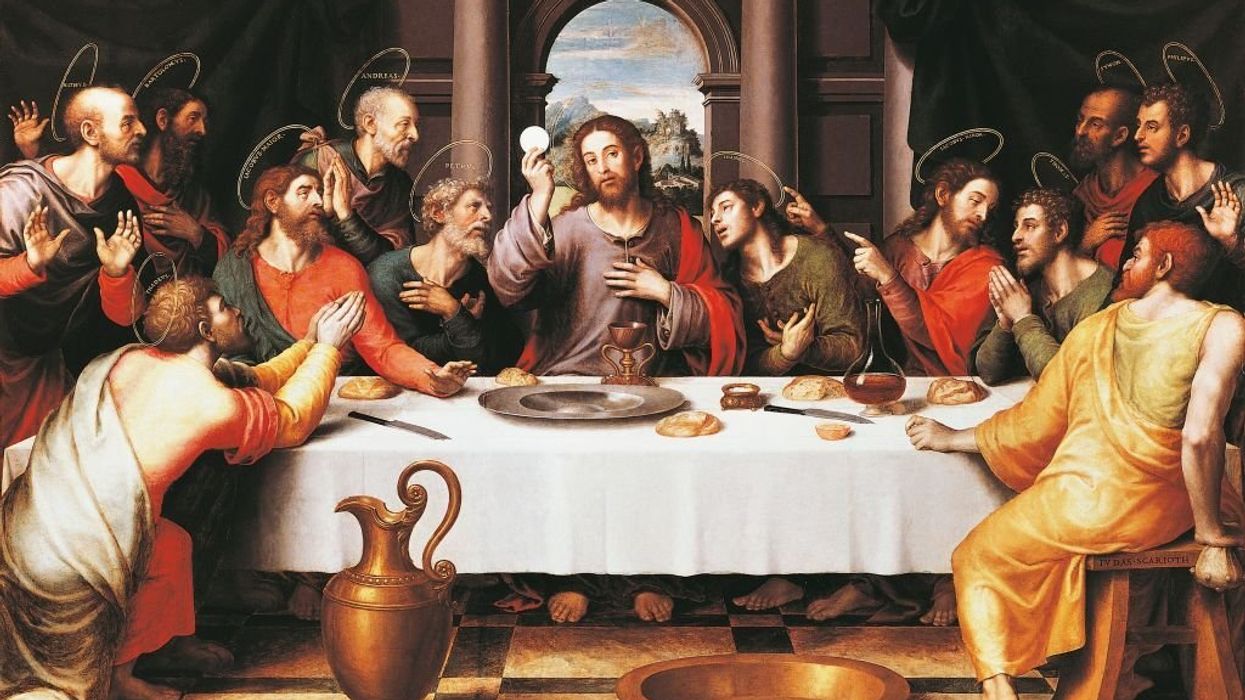This is the little known history of our nation’s proud national anthem - The Star Spangled Banner:
It all begins in June 1813 when Maj. George Armistead came to Baltimore to take command of Fort McHenry, a fort named after James McHenry, a signer of the Constitution. By this time in our history, we were engaged in yet another war with England - the War of 1812 - and if lost, could mean the end of America. It was our second fight for freedom and independence.
When Armistead arrived to take command of Fort McHenry, he commissioned two flags that would fly atop the nearly 90 foot flag pole centered in the fort. The first was the storm flag, measuring 17 feet by 25 feet that would fly in bad weather. The second was the garrison flag, an impressive 30 feet by 42 feet which would fly proudly, far above the fort for everyone to see both near and far; both friend and foe.
In August 1814, British troops had defeated a sizeable American force and entered our nation’s capital, Washington, D.C. They set fire to the White House, the Capitol building and many other government offices. It was not only a major strategic victory, but an absolutely crushing moral victory as our capital burned to the ground.
 (AP Photo/The Elkhart Truth, Jon Garcia)
(AP Photo/The Elkhart Truth, Jon Garcia)
The British forces then pushed northward, to Baltimore, which was at that time the third most populous city in America and a major port of trade. Along their march they took many leading citizens prisoner and kept them aboard the British warships which were sailing up the Chesapeake toward Baltimore.
Among those citizens was Dr. William Beanes. After being captured and taken prisoner, his friends pleaded with a young Baltimore attorney named Francis Scott Key as well as a U.S. government liaison agent named William Skinner to negotiate Beanes’ release.
In early September 1814, as the British forces moved toward Baltimore, Key and the government agent sailed out under a flag of truce and boarded the ship where Beanes was being held. It took an entire week for the two men to negotiate for Beanes’ freedom.
His release, though, would not be immediate.
Having failed to take the fort by land earlier in the week, the British decided to soften it up by sea and readied their warships for a bombardment. The three men, having heard of these plans, were not allowed to leave until the bombardment was over for fear that they would warn their countrymen. They were transferred to a truce ship and there they would remain for the battle of Fort McHenry.
On Sept. 13, 1814 not long after midnight, the bombardment began. Key and his two friends could only watch as the last major defense of Baltimore was blasted with nearly 2,000 bombs and rockets. The fort was helpless against the powerful British attack.
 This flag, known as the Star Spangled Banner, was adopted on May 1, 1795. Its two additional stars represented the admission of Vermont (1791) and Kentucky (1792). The Banner was the only U.S. Flag to have more than 13 stripes, and it is immortalized in Francis Scott Key's national anthem. The original flag that flew over Fort McHenry during the War of 1812, inspiring Key, is now preserved in the Smithsonian Museum.
This flag, known as the Star Spangled Banner, was adopted on May 1, 1795. Its two additional stars represented the admission of Vermont (1791) and Kentucky (1792). The Banner was the only U.S. Flag to have more than 13 stripes, and it is immortalized in Francis Scott Key's national anthem. The original flag that flew over Fort McHenry during the War of 1812, inspiring Key, is now preserved in the Smithsonian Museum.
As the rain continued to come down, the smaller storm flag was still being flown. The shelling of the fort continued for 25 straight hours. Key, Skinner and Beanes could only watch, pacing the deck of the ship in worry and concern.
As nightfall approached they would stay pressed to the edge of the ship, straining to see the stars and stripes flying proudly above the fort. Every now and then, a bomb would explode near enough to it that they could catch a fleeting glimpse of the storm flag still flying, tattered from the attack.
Early on the next morning, the bombardment stopped. The only sounds that could be heard were the waves lapping against the side of their boat. With only a quarter moon hanging in the sky, there was only enough light to provide hope of seeing the American flag.
The three men were worried more than ever at this point. Did the British stop bombing because they gave up? Did they stop because the fort has fallen? Is the flag still there?
It would be a handful of agonizing and weary hours until the sun made its appearance over the eastern horizon, its first beams pointed west toward the fort. The three men, tired and sick with worry, once again huddled at the edge of the rail. As the dawn’s early light slowly arrived, the fort could once again be seen in the haze of the morning sun.
Is the flag still there? Can you see it? Is the flag still there? The storm flag was no longer flying atop the 90 foot flag pole, it had been replaced by the much larger garrison flag to signify to the British and to the Americans that indeed, our flag was still there.
Key, overcome with emotion, quickly grabbed a letter he had carried with him and started scribbling a poem on the back:
Oh say, can you see, by the dawn's early light, What so proudly we hailed at the twilight’s last gleaming, Whose broad stripes and bright stars through the perilous fight, O’er the ramparts we watched, were so gallantly streaming? And the rockets’ red glare, the bombs bursting in air, Gave proof through the night that our flag was still there; O say does that star-spangled banner yet wave, O’er the land of the free and the home of the brave?
The three men celebrated, joyful at the fact that the fort had not fallen, that the British forces by land and by sea had been repelled, and Baltimore was safe. It would indeed be a turning point in the war, the British surrendering three months later and America secure in her independence and freedom.
Key finished the rest of the poem at his hotel room that evening, still full of the emotion, pride and joy from that long, long night.
The original poem, first titled "The Defence Of Fort McHenry" was published as a song under the title "The Star Spangled Banner" by a music store in Baltimore. The song became one of the most beloved patriotic songs and was later adopted by several branches of the military. In 1931, President Herbert Hoover signed a law that made "The Star Spangled Banner" our official national anthem.
That first verse, which became our national anthem, is more a question, an anxious query to know: Is our flag still there? It is only on the second verse that the worry filled question is answered in triumphant fashion:
On the shore dimly seen through the mists of the deep, Where the foe’s haughty host in dread silence reposes, What is that which the breeze, o’er the towering steep, As it fitfully blows, half conceals, half discloses? Now it catches the gleam of the morning’s first beam, In full glory reflected now shines in the stream: ‘Tis the star-spangled banner, O! long may it wave O’er the land of the free and the home of the brave.
So as the stars and stripes are raised and we are asked to stand and remove our hats in respect, you will now have a very different look into the song that is sung so often around this great nation that is the land of the free and the home of the brave.
For other articles and writings by Darrell, please visit the Milk Crate.
–
TheBlaze contributor channel supports an open discourse on a range of views. The opinions expressed in this channel are solely those of each individual author.


 (AP Photo/The Elkhart Truth, Jon Garcia)
(AP Photo/The Elkhart Truth, Jon Garcia)





